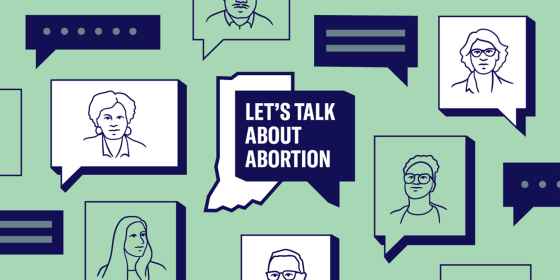The youngest person ever put on death row was Paula Cooper of Gary, Ind. She was 15 when the crime was committed. At the time she was sentenced, Indiana law permitted executions for those as young as 10. Her sentence, death in the electric chair for fatally stabbing a 78 year-old woman in a burglary, attracted international attention. Even Pope John Paul II condemned the sentence and urged clemency. In 1987, the Indiana legislature passed a bill raising the minimum age for a defendant in a death penalty case from 10 to 16 years old. However, since the bill was not retroactive, Cooper's status was not affected.
A death penalty sentence for defendants under the age of 16 at the time of the commitment of the crime violates the U.S. Constitution's prohibition against cruel and unusual punishment.
Click here to read the ICLU's friend-of-the-court brief in this case
In 1988, the United States Supreme Court decision, Thompson v. Oklahoma, barred the death penalty for defendants under age 16 at the time of the crime. Taking these developments into account, the Indiana Supreme Court heard arguments and reduced Cooper's sentence to life in prison. Cooper's attorneys argued that, by every definition, she was a child when the crime occurred. Both Amnesty International and the Indiana Civil Liberties Union (ICLU) said in court filings that international standards of justice prohibited execution for juvenile crimes.
By a unanimous decision in July 1989, Cooper, then 19 and studying for a college degree, won a reversal from the Indiana Supreme Court, which ordered her penalty to be reduced to 60 years in prison. While serving her sentence, Cooper earned a GED and took college correspondence courses. With time off for good behavior, after serving 26 years, 3 weeks and 3 days, Cooper was released in 2013 at age 43.
Our increased understanding of how the adolescent brain grows and changes reinforces the decision not to treat juveniles as adults in the criminal justice system. Genes, childhood experience, and the environment in which a young person reaches adolescence shape behavior, and we are only beginning to understand how these factors interact in an adolescent's changing brain. As the grandson of Cooper's victim observed, "Paula Cooper is not the same person she was when she was 15 years old. People need to realize that people change."




